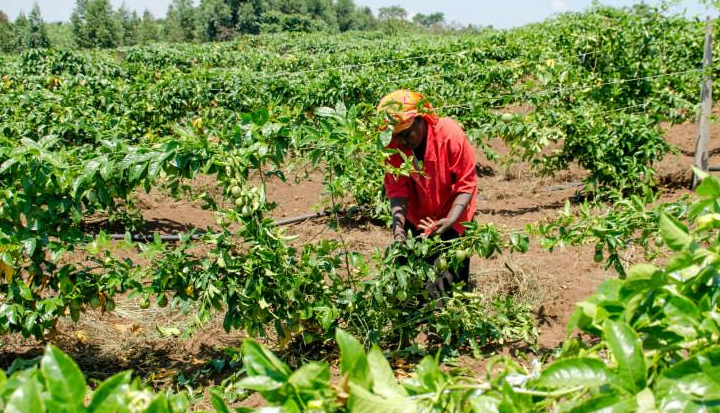Urban Farming by Food tower
Understanding the role that urban farmers play in our food systems is key to envisioning what a vibrant, abundant future can look like. There are a number of ways urban farms has contributed to the improved health and economy of their communities in urban areas. Below are some of them benefits.
- Reduce Carbon Emissions
By localizing produce, urban farms cut down on the significant amount of fossil fuel consumption necessary to transport, package, and sell food. The average meal has traveled 100s of kms just to get to your table. Urban agriculture helps consumers reduce their “foodprint” by providing them the opportunity to purchase food that was grown within their community.
- Innovative Techniques
As city spaces lack the wide-open fertile grounds of traditional farming methods, urban farmers are tasked with finding creative solutions to dealing with challenges like waste, space, resources, and energy. Because of this, more efficient innovations are created to improve the quality and quantity of food that can be produced with the least amount of resources. (For example, the food tower and sack gardening systems produce 3-4 times as much produce as traditional farming methods and use significantly less water.)
- Job Creation
From window box herb gardens to large community spaces, these farms create opportunities to involve the community. Urban farms create job (and volunteer) opportunities in big slums like Katwe and Kyebando among others, where poverty and hunger are often persistent issues. An increase in small businesses stimulates local economy and supports the PHCS members by creating jobs right where they are living.
- Economic Growth
By virtue of their proximity to consumers, urban farms stimulate local economy by circulating income throughout the urban areas. Without a complicated distribution network, farmers are more connected to their market and able to adapt quickly to demand, maximizing profit. In addition, many of these organizations are structured in a way that brings additional benefit to the community and support to low income populations by stabilizingfood costs and in many cases, offering discounted or free produce.
- Community Building
Gardens create more than healthy, delicious food. Urban agriculture brings people together with a common interest — food. The overall health of a community is benefited by increasing its capacity to create an environment that truly sustains its residents. Most urban farming projects require a high level of social organization, giving many individuals in the community a vested interest in its success.
- Public Health
Increasing populations of people in cities suffer from malnutrition and a variety of other diet-related health issues. Bringing nutritious food to local communities has many direct health benefits, including reducing the risk of harmful conditions like heart disease, obesity, diabetes, and more. Involving individuals in the garden itself provides an opportunity for exercise and a deeper connection to agriculture.
- Food Quality
Smaller scale, local markets provide the opportunity for farmers to foster more unique varieties of produce. These farms preserve biodiversity by cultivating heirloom varieties or those with lower shelf-stability. The proximity and connectedness to market allows for fresh, nutritious produce to become available to communities that have never had access to this in the past.
- Food Security
While there may not be a “shortage” of food in most urban communities, issues of access are absolutely prevalent — especially in urban areas. Urban agriculture helps to correct this by reducing the price of healthy food by increasing the opportunity for community members in need to participate in the growing of this food. Many urban farms also adopt charitable models in an effort to support communities in need through direct donation or by providing either discounted or free produce.
- Education
Urban agriculture addresses another issue inherent throughout our current food culture — a disconnection to where our food comes from. By involving children and adults alike in education around sustainable, local agriculture, farmers increase the health of our future food systems.
- Green Space
Lastly, agriculture in cities provides something obvious — more green space. This contributes to the health of city ecosystems in a variety of ways. Greenery adds aesthetic appeal, reduces runoff from precipitation, provides restful spaces for the community, and counters the heat island effect by fixing carbon through photosynthesis.


